Know Your Racket Sports
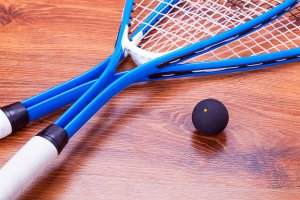
While many racket sports are worldwide favorites, others are adored by locals or during the Olympics. In our post today, we want to fill you in about the most relevant racket and paddle sports.
Racket sports
Racket sports can take place both indoors or outdoors and follow a specific set of rules (and other generic ones as well). They can be singles or doubles. In addition, you’ll see a fair few of them in the Olympic Games. Here are the best-known racket sports:
1. Tennis
We can’t start off the list of racket sports and pass over the most famous one. Tennis matches take place on a rectangular court– that might be clay, synthetic or grass– and the objective of the game is to hit the ball to the other side of the net.
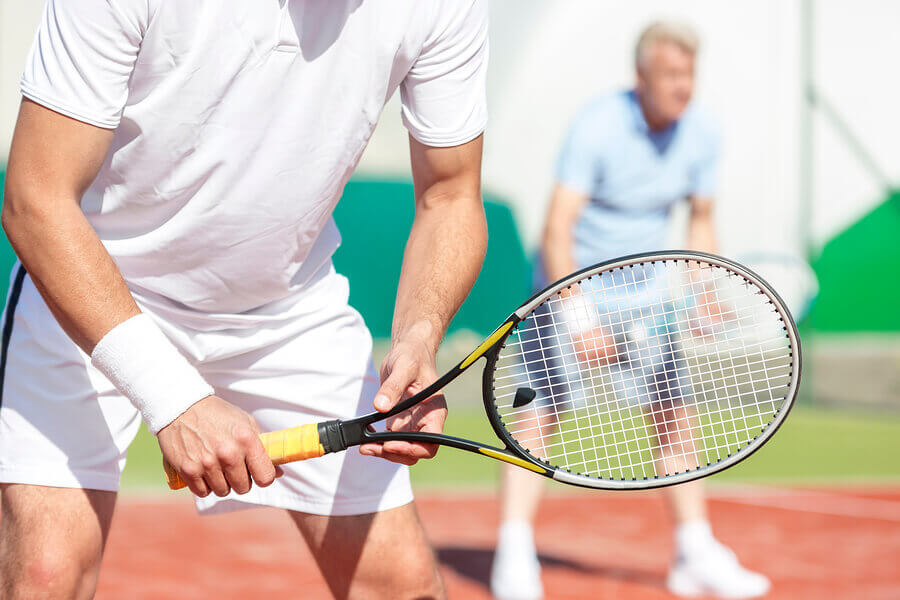
A tennis racket is between 67 and 73 centimeters long, weighing around 280 grams (professionals use heavier rackets). There are two main parts of a tennis racket: the head (which hits the ball) and the handle (or the grip).
2. Squash: a racket sport
Squash is indoors and shares many similarities with other racket sports. Two players face off in squash, using a rubber ball that can vary in speed and bounce depending on its specific materials.
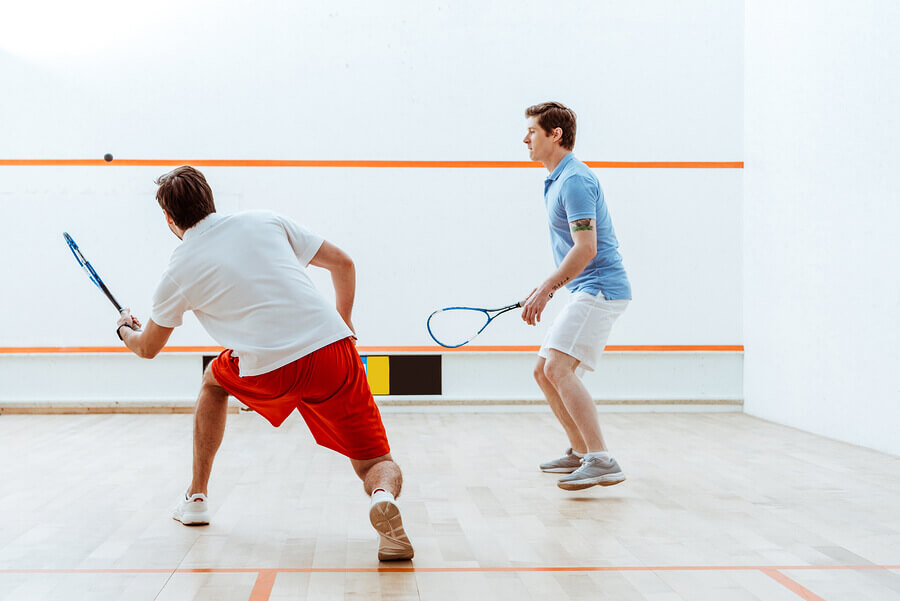
Squash uses an 11-point system; the ball can bounce off any of the walls but must hit the front wall before bouncing to the floor. A squash racket weights between 140 to 170 grams. These rackets differ from tennis rackets as they have a different head shape, which can vary in length.
3. Badminton
This popular Olympic sport can hold two or four players on its court– singles or doubles. The court is rectangular and divided by the net in the middle. While badminton is a racket sport, it differs from the others as instead of a ball, it uses a shuttlecock that moves differently as well.
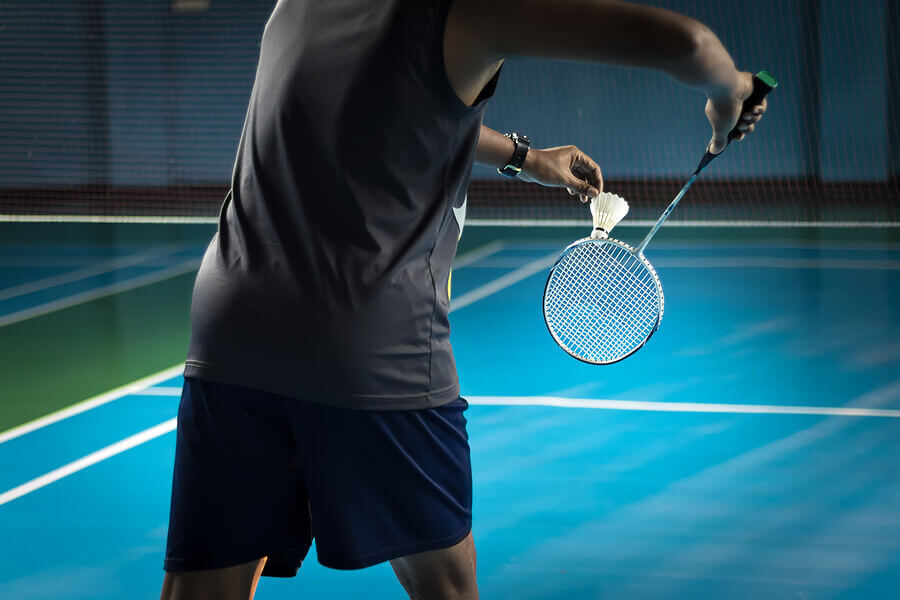
Badminton rackets are light (weighting between 75 to 90 grams) and use carbon fiber. Players can hit the shuttle from mid-court, the base line, on defense or through a serve.
4. Racket sport: padel
Did you know that Padel started in Mexico? Though many people believe padel to be mirror tennis, in padel, players always play in pairs and follow a different set of rules.
The rectangular court is 10 meters wide and 20 meters long. The ends are closed off by walls, encased in the shape of a “U”. The walls are three meters tall and the remaining side of the court is fenced.
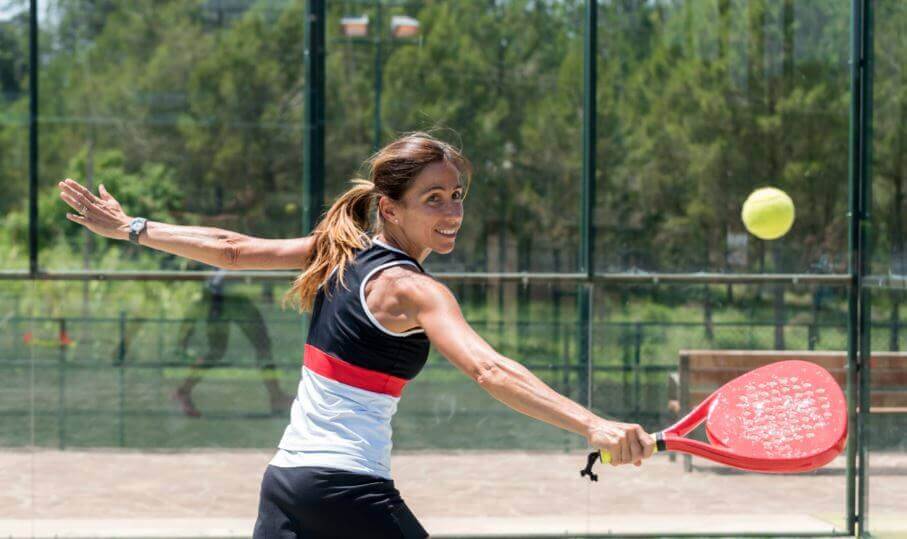
Padel rackets can be up to 45 centimeters in length, 26 in width and 38 millimeters thick. The racket has 13-millimeter wide holes in the head while the surface can be smooth, flat or textured.
5. Basque pelota
As its name suggests, Basque pelota originated in the north of Spain and can be a singles or doubles sport. In Basque pelota, players aim to hit the ball against a wall, “frontis“, in a marked space with a wooden paddle, or “pala“. Other types of equipment include a scoop (as seen below) or a glove.
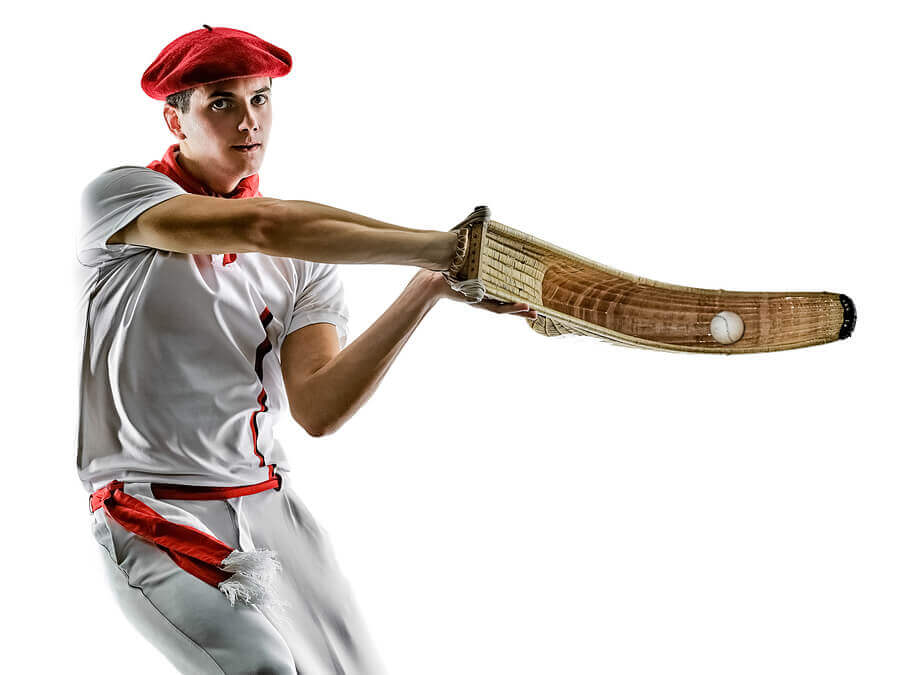
6. Racquetball
This hybrid sport isn’t as popular as other racket sports that have recognition from the International Olympic Committee. But racket ball is similar to squash as it takes place in a closed court with four walls and a ceiling. All of the surfaces are areas of play.
In racquetball, the players hit the ball against the front wall and their opponents must let the ball bounce at least once before returning. As you can see in the featured image, the racquetball racket has a wide head and short handle. Adding all, the sport uses a rubber ball. Games can be either singles or doubles.
7. Table tennis
Also known as “ping-pong”, table tennis is the last sport on our list. Games can be singles or doubles. Furthermore, table tennis has been an Olympic Sport since the 1988 Seoul Games. It’s a spin-off on tennis and originated in England as an indoor alternative that could work in reduced spaces during the winter.
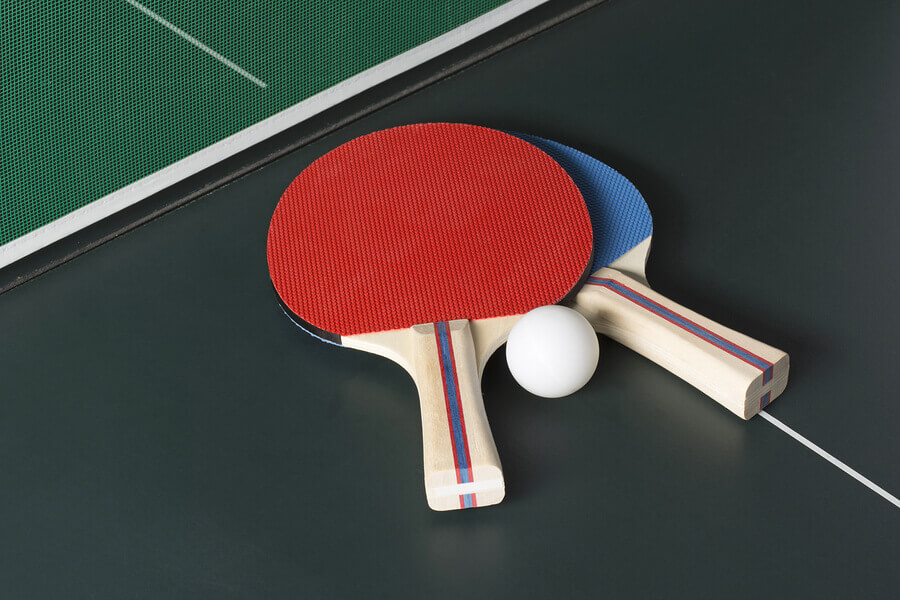
Ping-pong paddles must be 85 percent wood and cannot be more than four millimeters thick. They must have one smooth side and another textured, black and red respectively.
To sum up, racket sports are a great way to exercise with company as they require a minimum of to players. Which one seems the most interesting to you?
While many racket sports are worldwide favorites, others are adored by locals or during the Olympics. In our post today, we want to fill you in about the most relevant racket and paddle sports.
Racket sports
Racket sports can take place both indoors or outdoors and follow a specific set of rules (and other generic ones as well). They can be singles or doubles. In addition, you’ll see a fair few of them in the Olympic Games. Here are the best-known racket sports:
1. Tennis
We can’t start off the list of racket sports and pass over the most famous one. Tennis matches take place on a rectangular court– that might be clay, synthetic or grass– and the objective of the game is to hit the ball to the other side of the net.

A tennis racket is between 67 and 73 centimeters long, weighing around 280 grams (professionals use heavier rackets). There are two main parts of a tennis racket: the head (which hits the ball) and the handle (or the grip).
2. Squash: a racket sport
Squash is indoors and shares many similarities with other racket sports. Two players face off in squash, using a rubber ball that can vary in speed and bounce depending on its specific materials.

Squash uses an 11-point system; the ball can bounce off any of the walls but must hit the front wall before bouncing to the floor. A squash racket weights between 140 to 170 grams. These rackets differ from tennis rackets as they have a different head shape, which can vary in length.
3. Badminton
This popular Olympic sport can hold two or four players on its court– singles or doubles. The court is rectangular and divided by the net in the middle. While badminton is a racket sport, it differs from the others as instead of a ball, it uses a shuttlecock that moves differently as well.

Badminton rackets are light (weighting between 75 to 90 grams) and use carbon fiber. Players can hit the shuttle from mid-court, the base line, on defense or through a serve.
4. Racket sport: padel
Did you know that Padel started in Mexico? Though many people believe padel to be mirror tennis, in padel, players always play in pairs and follow a different set of rules.
The rectangular court is 10 meters wide and 20 meters long. The ends are closed off by walls, encased in the shape of a “U”. The walls are three meters tall and the remaining side of the court is fenced.

Padel rackets can be up to 45 centimeters in length, 26 in width and 38 millimeters thick. The racket has 13-millimeter wide holes in the head while the surface can be smooth, flat or textured.
5. Basque pelota
As its name suggests, Basque pelota originated in the north of Spain and can be a singles or doubles sport. In Basque pelota, players aim to hit the ball against a wall, “frontis“, in a marked space with a wooden paddle, or “pala“. Other types of equipment include a scoop (as seen below) or a glove.

6. Racquetball
This hybrid sport isn’t as popular as other racket sports that have recognition from the International Olympic Committee. But racket ball is similar to squash as it takes place in a closed court with four walls and a ceiling. All of the surfaces are areas of play.
In racquetball, the players hit the ball against the front wall and their opponents must let the ball bounce at least once before returning. As you can see in the featured image, the racquetball racket has a wide head and short handle. Adding all, the sport uses a rubber ball. Games can be either singles or doubles.
7. Table tennis
Also known as “ping-pong”, table tennis is the last sport on our list. Games can be singles or doubles. Furthermore, table tennis has been an Olympic Sport since the 1988 Seoul Games. It’s a spin-off on tennis and originated in England as an indoor alternative that could work in reduced spaces during the winter.

Ping-pong paddles must be 85 percent wood and cannot be more than four millimeters thick. They must have one smooth side and another textured, black and red respectively.
To sum up, racket sports are a great way to exercise with company as they require a minimum of to players. Which one seems the most interesting to you?
All cited sources were thoroughly reviewed by our team to ensure their quality, reliability, currency, and validity. The bibliography of this article was considered reliable and of academic or scientific accuracy.
- Cómo elegir la raqueta de tenis adecuada para principiantes. As. 2019. https://as.com/showroom/2018/07/12/portada/1531393818_119365.html
- Reglamento oficial de juego. Confederación Argentina de Pelota. https://www.pelotabuenosaires.com.ar/wp-content/uploads/2015/06/REGLAMENTO-OFICIAL-DE-JUEGO-2015.pdf
- International Racquetball Federation. Sitio oficial. http://www.internationalracquetball.com/
This text is provided for informational purposes only and does not replace consultation with a professional. If in doubt, consult your specialist.








